Home » Jazz Articles » Jazz Emerges » Part 6: The Basses of Our Music
Part 6: The Basses of Our Music

Fundamental: Historians and scholars have long believed the world's first jazz band to have been that of Buddy Bolden, whose powerful cornet was heard from the bandstands of city parks and dance halls across New Orleans in the early years of the twentieth century. The only member of the Bolden band known to have survived into the 1960s was bassist Papa John Joseph, shown above in an upstairs room at Associated Artists gallery, which morphed into Preservation Hall. Joseph played concert sets downstairs until 1965, when, at 87, he collapsed and died seconds after performing "When the Saints Go Marching In." Photograph by Bobby Coke, early 1960s.
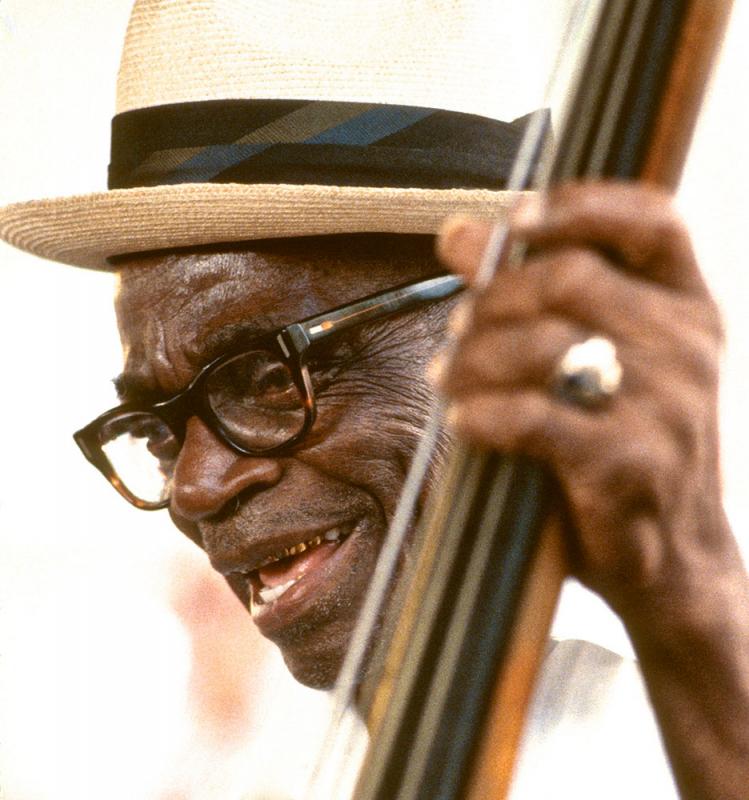
In perpetual demand around New Orleans, and on numerous road trips across the U.S. and Europe, muscular bassist Chester Zardis (1900-1990) employed a powerful style that belied his physical shortness of stature and earned him the nickname "Little Bear." In the post-World War II years, younger protégés flocked to hear and meet early New Orleans masters like Zardis. Thus was a once-obscure, pre-electronic bass plucking technique revived and carried forward across generations and over continents. Photograph by William Carter, 1984.
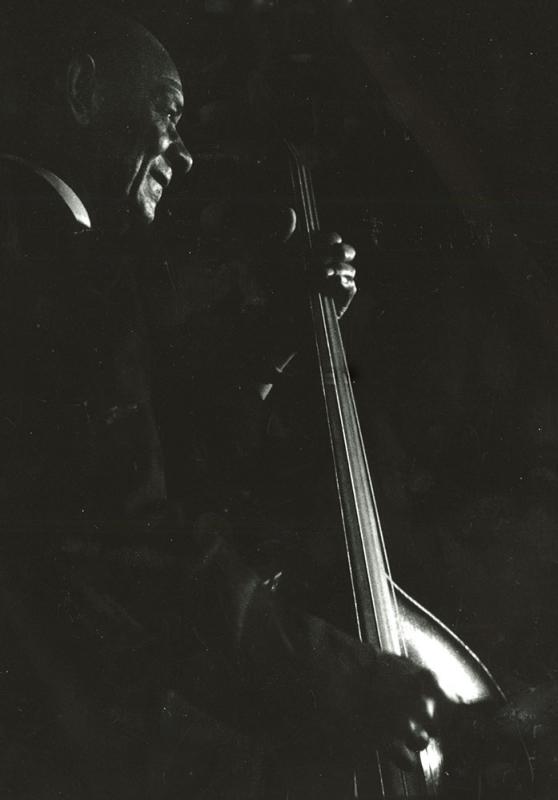
New Orleans bass stylist Wellman Braud (1891-1966) reached the top of his profession as a mainstay with Duke Ellington, plus many other engagements. Like a number of the classic jazzmen, Braud descended from a Creole musical family—several of whom, such as his cousin, bassist McNeil Breaux, used an alternate spelling of the French-derived last name. Like many another jazz pioneer, Wellman eventually settled in California, accepting gigs such as with blues singer Barbara Dane. Photograph by William Carter, c. 1960.
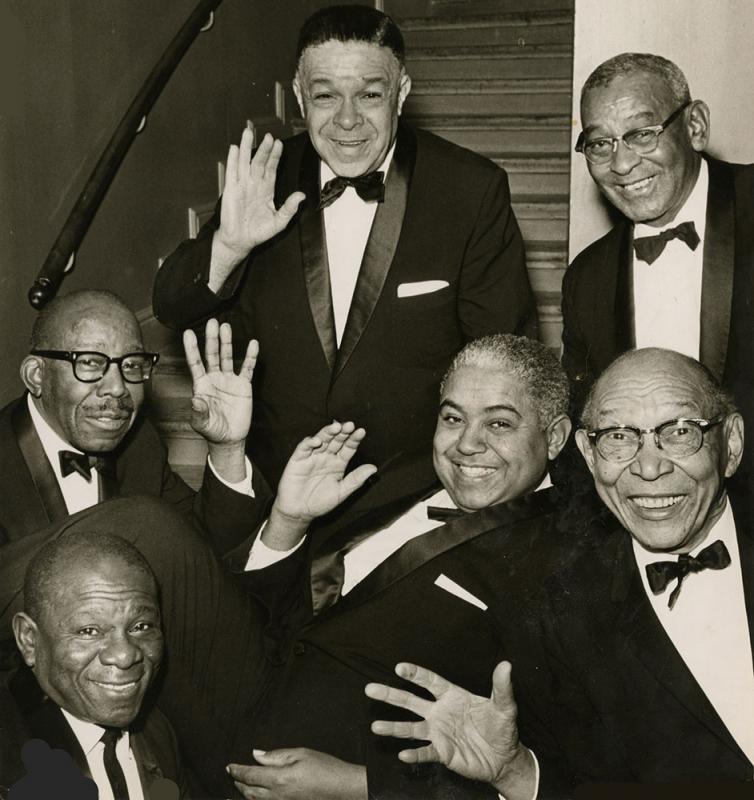
Famous bassist Pops Foster (lower right), 1892-1969, was already playing professionally in New Orleans by 1907. Amid a busy career of touring and gigging with top jazz names, he lived mainly in New York and (eventually) San Francisco. He is shown here, in a photo from his own collection, with an all-star band that included New Orleans natives Alvin Alcorn (trumpet, center) and Cie Frazier (drums, top right). Photograph: San Francisco Traditional Jazz Foundation Collection, Archive of Recorded Sound, Stanford University (date unknown).
Listen to bassist Pops Foster on "Ostrich Walk" with Mutt Carey's band
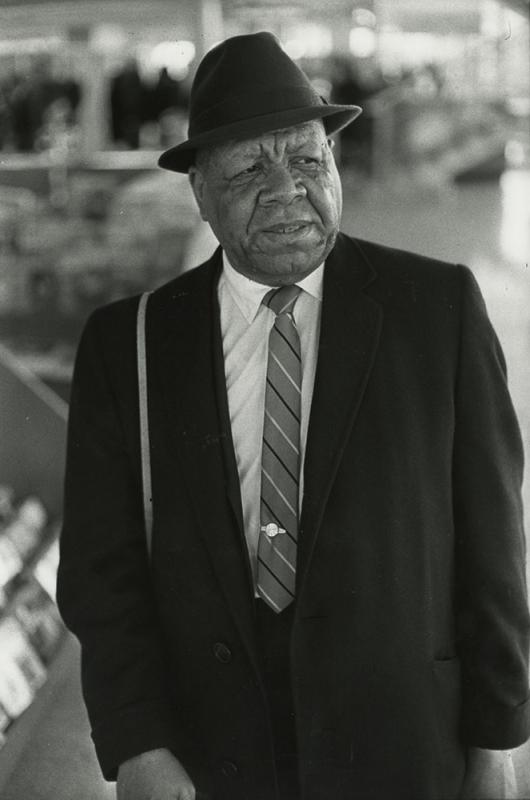
Talented son of bandleader Henry "Red" Allen, trumpeter Henry "Red" Allen (1906-1967) played extensively in New Orleans, on the Mississippi riverboats and in Chicago before settling in New York, where he was featured as soloist and sideman with top jazz orchestras of the 1920s, 1930s, and 1940s including those of Luis Russell, Fats Waller, Fletcher Henderson and Eddie Condon, besides leading several of his own bands. Photograph by William Carter, 1964.
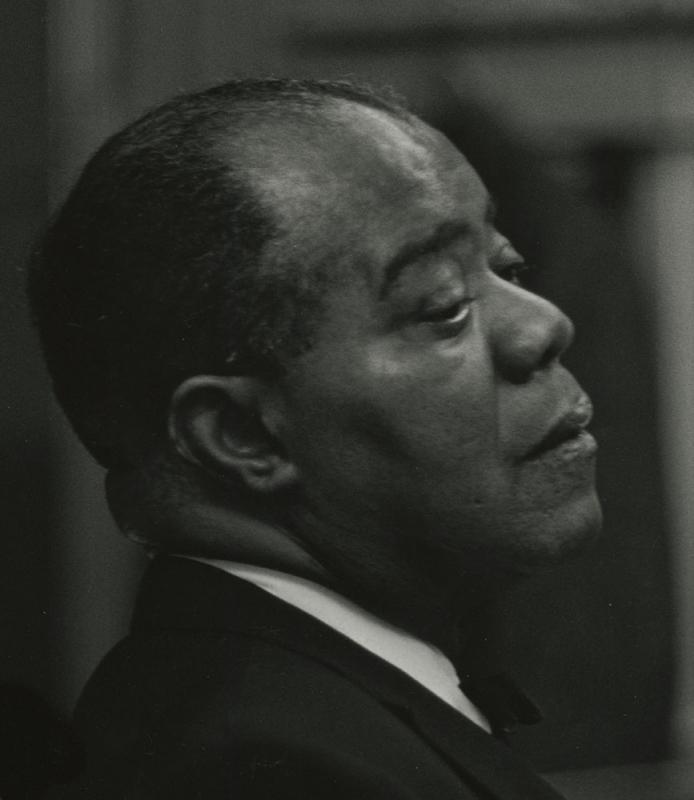
Undisputed emperor of traditional jazz, Louis Armstrong (1901-1971) enjoyed a career too spectacular to summarize. While occupying center stage in America's mainstream musical culture for virtually half a century, in his music and in his words "Satchmo" never ceased to recall, with great affection, his formative New Orleans years as a streetwise orphan and fledgling brass band cornetist. Photographs by William Carter, 1962.
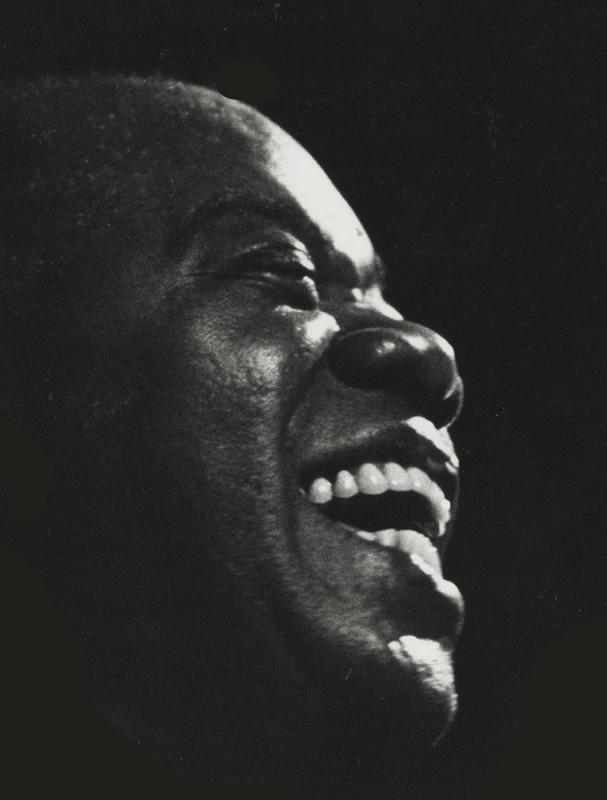
Photo Credit
All Photos: William Carter
Tags
William Carter
Jazz Emerges
United States
Buddy Bolden
Chester Zardis
Wellman Braud
duke ellington
Barbara Dane
Pops Foster
Alvin Alcorn
Henry Allen
Henry Red Allen
Luis Russell
Fats Waller
Fletcher Henderson
Eddie Condon
Louis Armstrong
PREVIOUS / NEXT
Support All About Jazz
 All About Jazz has been a pillar of jazz since 1995, championing it as an art form and, more importantly, supporting the musicians who make it. Our enduring commitment has made "AAJ" one of the most culturally important websites of its kind, read by hundreds of thousands of fans, musicians and industry figures every month.
All About Jazz has been a pillar of jazz since 1995, championing it as an art form and, more importantly, supporting the musicians who make it. Our enduring commitment has made "AAJ" one of the most culturally important websites of its kind, read by hundreds of thousands of fans, musicians and industry figures every month.

















